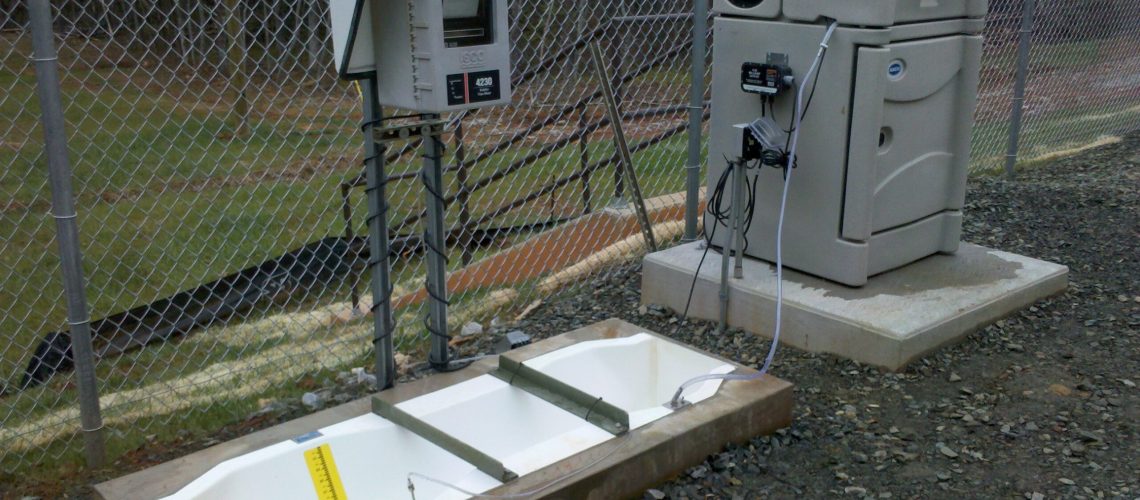Flumes are among the best wastewater solutions for measuring flow rate thanks to their accuracy and relative ease of use. Even the installation can be easy. But there are quite a few ways it can go wrong. Unfortunately, some installation errors aren’t so easy to fix, so it’s important to make sure you get the installation right the first time. Here’s how to ruin your flume installation and discover what you need to look out for.
Misaligning the Flume With the Stream
One of the most important factors in your flume installation is how centered it is. The centerline of the flume should be right along the centerline of the flow, allowing the wastewater to pass through without having to deal with any bumps or turns. Any deviation from a consistent centerline will throw off your measurements substantially, as the head reading will differ depending on which side of the flume you’re taking your measurements on.
Installing at a Poor Velocity Profile
The flow needs to meet certain conditions when passing through the flume if you want your measurements to be accurate. Above all else, the flow needs to be calm and balanced, and have an evenly distributed velocity profile. If you install a flume at a point in the flow channel where these conditions cannot be met, the potential for surging and turbulence can throw off your measurements. Flow conditioners can help with some minor forms of these problems in a few cases, but it’s always better to optimize your flow channel and flume operation at the point of installation first.
Installing Past the Point of Criticality
One of the most important aspects of any flow channel is that it must be subcritical before reaching the flume, or have a Froude number that’s less than 1, which means the flow velocity is less than the wave velocity. Flumes work by pushing flows to the point of criticality as they pass through the flume. If the flow is already supercritical or has a Froude number greater than 1, your measurements won’t work because the point of measurement will always be too low to accurately measure the flow. Keep in mind that the upstream slope is almost always the cause of supercriticality before the point of measurement.
Failing To Meet Open Channel Conditions
Flumes only work under open channel conditions, and that’s the case even if you’re installing one within a piped system. Without open channel conditions, you have no hope of getting accurate measurements. Open channel flow conditions are specified when the water flows along a free surface. The alternative is a pressurized flow. Pressurized flows are always supercritical, so there’s no point at which they can be developed from subcritical to supercritical, yet that’s exactly what a flume requires to function.
Flumes From Tracom
Now that you understand how to ruin your flume installation, it’s time you make sure you get yours right. That’s where Tracom is happy to help. We will work with you to create a custom flume for your unique flow channel conditions and help with the installation. Contact us to get started!



